Activism
Who are the Alameda County District 4 Supervisor Candidates’ Top Campaign Contributors?
Below, we’ve listed each candidate’s 10 highest campaign contributors. For Miley, two of his top campaign donors also bought their own advertisements to support him and/or oppose Esteen through independent expenditures. Such expenditures, though separate from campaign donations, are also public record, and we listed them. Additionally, the National Organization of Realtors has spent about $70,500 on their own independent expenditures to support Miley.
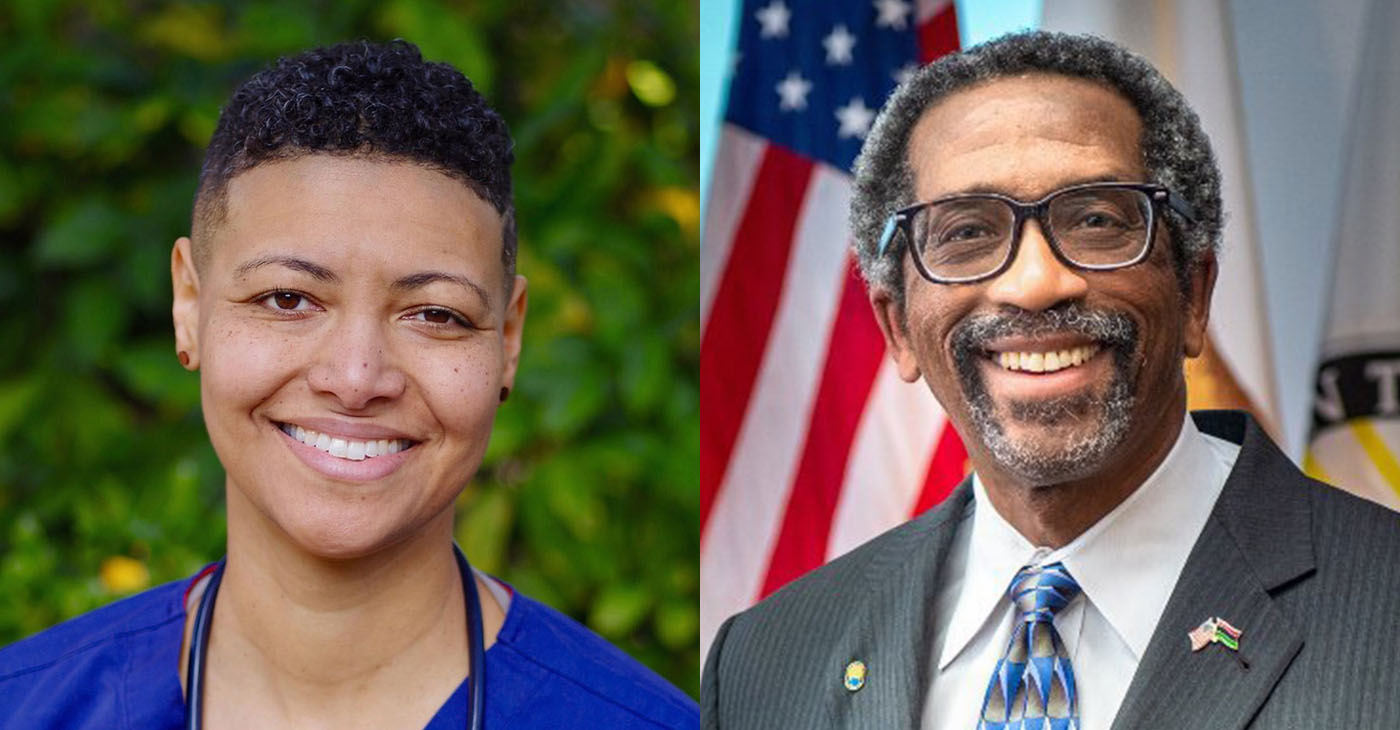
By Zack Haber
Nate Miley, who has served on Alameda County’s Board of Supervisors since 2000, is running for reelection to the District 4 supervisor seat.
Jennifer Esteen, a nurse and activist, is seeking to unseat him and become one of the five members of the powerful board that sets the county’s budget, governs its unincorporated areas, and oversees the sheriff, Alameda Health System, and mental health system.
District 4 includes most of East Oakland’s hills and flatlands beyond Fruitvale, part of Pleasanton and unincorporated areas south of San Leandro like Ashland and Castro Valley.
Voting is open and will remain open until March 5.
In California, campaign donations of $100 or more are public record. The records show that Miley has received about $550,000 in total campaign donations since he won the previous District 4 election in March 2020. Esteen has raised about $255,000 in total campaign donations since she started collecting them last July. All figures are accurate through Feb. 20.
While Miley has raised more money, Esteen has received donations from more sources. Miley received donations of $100 or more from 439 different sources. Esteen received such donations from 507 different sources.
Below, we’ve listed each candidate’s 10 highest campaign contributors. For Miley, two of his top campaign donors also bought their own advertisements to support him and/or oppose Esteen through independent expenditures. Such expenditures, though separate from campaign donations, are also public record, and we listed them. Additionally, the National Organization of Realtors has spent about $70,500 on their own independent expenditures to support Miley.
Nate Miley’s top campaign contributors:
The California Apartment Association, a trade group representing landlords and investors in California’s rental housing business, has spent about $129,500 supporting Miley’s election bid through about $59,500 in ads against Esteen, $55,000 in ads supporting Miley, and $15,000 in campaign donations.
The independent expenditure committee Preserve Agriculture in Alameda County has spent about $46,025 supporting Miley through about $27,200 in their own ads, and $18,825 in donations to his campaign. Preserve Agriculture has supported reelection efforts for former Alameda County DA Nancy O’Malley, and Sheriff Greg Ahern, a republican. It’s received funding from Chevron, PG&E, and a the California Apartment Association.
Organizations associated with the Laborers’ International Union of North America, or LiUNA, have donated about $35,000 in total. Construction and General Laborers Local 304, a local chapter of the union representing which represents over 4,000 workers, donated $20,000.
Laborers Pacific Southwest Regional Organizing Coalition, which represents 70,000 LiUNA members in Arizona, California, Hawaii and New Mexico, donated $15,000.
William ‘Bill’ Crotinger and the East Oakland-based company Argent Materials have donated $26,000. Crotinger is the president and founder of Argent, a concrete and asphalt recycling yard. Argent’s website says it is an eco-friendly company that diverts materials from landfills. In 2018, Argent paid the EPA $27,000 under a settlement for committing Clean Water Act violations.
Michael Morgan of Hayward, owner of We Are Hemp, a marijuana dispensary in Ashland, has donated $21,500.
Alameda County District 1 Supervisor David Haubert has donated $21,250 from his 2024 reelection campaign. He’s running unopposed for the District 1 seat.
SEIU 1021, which represents over 60,000 workers in local governments, non-profit agencies, healthcare programs, and schools in Northern California, has donated $20,000.
UA Local 342, which represents around 4,000 pipe trades industry workers in Contra Costa and Alameda counties, donated $20,000.
The union representing the county’s deputy sheriffs, Deputy Sheriff’s Association of Alameda County, has donated $17,000.
Becton Healthcare Resources and its managers have donated $14,625. Becton’s mission statement says it provides “behavioral health management services to organizations and groups that serve the serious and persistent mentally ill population.”
Jennifer Esteen’s top campaign contributors:
Mary Quinn Delaney of Piedmont, founder of Akonadi Foundation, has donated $20,000. Akonadi Foundation gives grants to nonprofit organizations, especially focusing on racial justice organizing,
Bridget Galli of Castro Valley has donated $7,000. Galli is a yoga instructor and a co-owner of Castro Valley Yoga.
Rachel Gelman of Oakland has donated $5,000. Gelman is an activist who has vowed to redistribute her inherited wealth to working class, Indigenous and Black communities.
California Worker Families Party has donated $5,000. The organization’s website describes itself as a “grassroots party for the multiracial working class.”
David Stern of Albany has donated $5,000. Stern is a retired UC Berkeley Professor of Education.
Oakland Rising Committee—a collaborative of racial, economic, and environmental justice organizations—has donated about $3,050.
Fredeke Von Bothmer-Goodyear, an unemployed resident of San Francisco, has donated $2,600.
Robert Britton of Castro Valley has donated $2,500. Britton is retired and worked in the labor movement for decades.
Progressive Era PAC has donated about $2,400. Its mission statement says it “exists to elect governing majorities of leaders in California committed to building a progressive era for people of color.”
East Bay Stonewall Democrats Club has donated $2,250. The club was founded in 1982 to give voice to the East Bay LGBTQIA+ communities.
Activism
Oakland Post: Week of March 5 – 11, 2025
The printed Weekly Edition of the Oakland Post: Week of March 5 – 11, 2025

To enlarge your view of this issue, use the slider, magnifying glass icon or full page icon in the lower right corner of the browser window.
Activism
Undocumented Workers Are Struggling to Feed Themselves. Slashed Budgets and New Immigration Policies Bring Fresh Challenges
Founded more than 20 years ago, Street Level Health Project started with a handful of nurses and volunteers visiting day laborer sites in East Oakland to provide medical assistance and other resources to newly arrived immigrants. They quickly spotted symptoms common among day laborers: nausea, fatigue, and headaches. Sitting in the sun for hours waiting for work is typical. Once on a job, some men shared incidents of nearly passing out while working. Volunteer nurses also noticed signs of hunger among the men, with some going days without eating a proper meal.
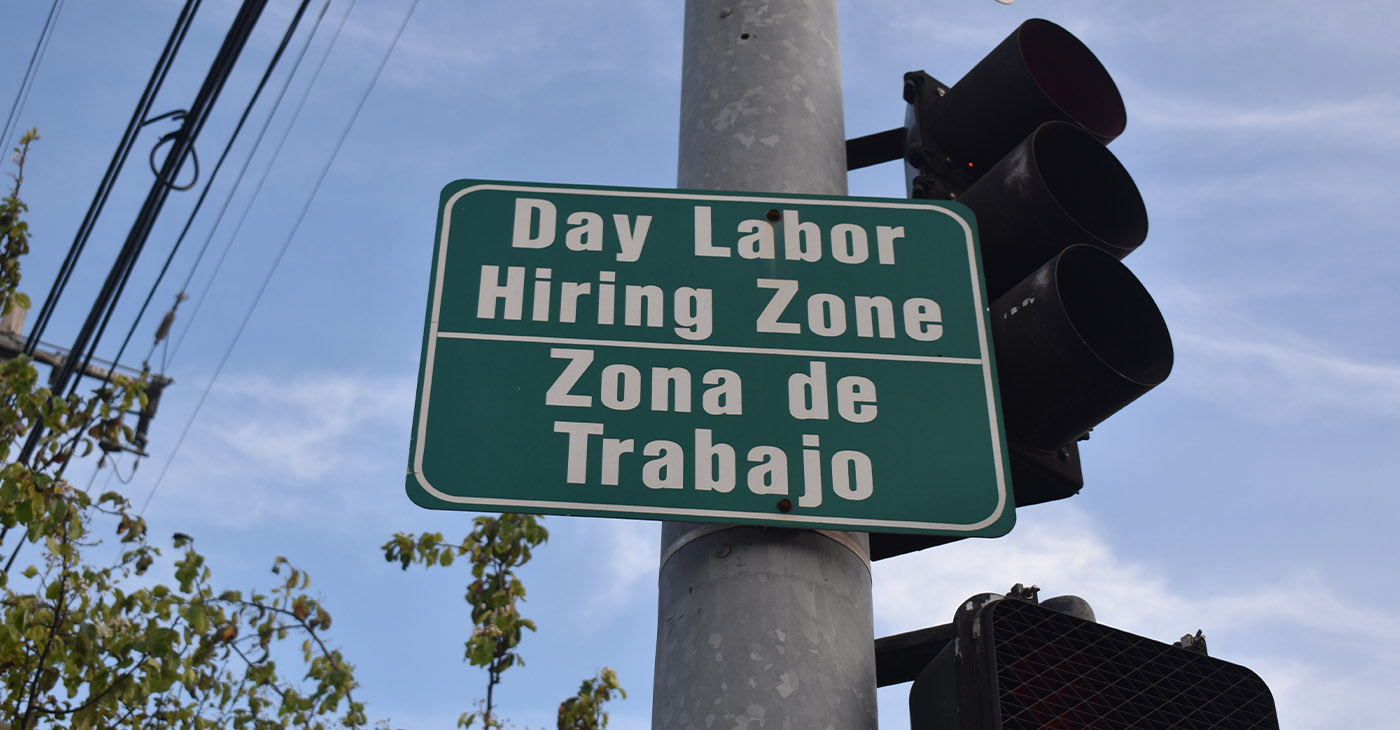
By Magaly Muñoz
Up and down the streets of the Fruitvale neighborhood in Oakland, immigrant workers head to empty parking lots and street corners waiting for a job. Some are as young as 14 and as old as 60.
Diego, a man in his late thirties, is a construction worker who arrived in the United States nine months ago. He, like many of the men standing beside him at the day laborer site, came to the U.S. in the hopes of providing a new life for his family. Now, Diego and other immigrants are worried as threats of deportation increase from the Trump administration.
Also worried are organizations such as Street Level Health Project, an Oakland-based nonprofit dedicated to providing access to health care and basic services to these laborers.
Street Level Health Project’s funding primarily comes from federal and local grants, These are in jeopardy because of city budget constraints and proposed cuts to federal social service dollars.
Already, the nonprofit’s local funding has been cut. The City of Oakland decreased one of the organization’s grants by $35,000 in one of its latest rounds of budget cuts, with city officials citing a looming budget deficit.
“Our primary day laborer program funding right now is secured, but we do have concerns in this next budget cycle if it will continue to be secured, given [the budget shortfall], and the recent cut to 13 community grants across the city,” said Executive Director Gabriela Galicia.
Founded more than 20 years ago, Street Level Health Project started with a handful of nurses and volunteers visiting day laborer sites in East Oakland to provide medical assistance and other resources to newly arrived immigrants. They quickly spotted symptoms common among day laborers: nausea, fatigue, and headaches. Sitting in the sun for hours waiting for work is typical. Once on a job, some men shared incidents of nearly passing out while working. Volunteer nurses also noticed signs of hunger among the men, with some going days without eating a proper meal.
“We’re the safety net to the safety net,” said Galicia. As Oakland’s sole organization devoted to helping undocumented workers, Street Level is often tasked with “picking up the leftovers” for groups that provide resources to the larger immigrant or underserved communities, she added. Now, that mission is under threat.
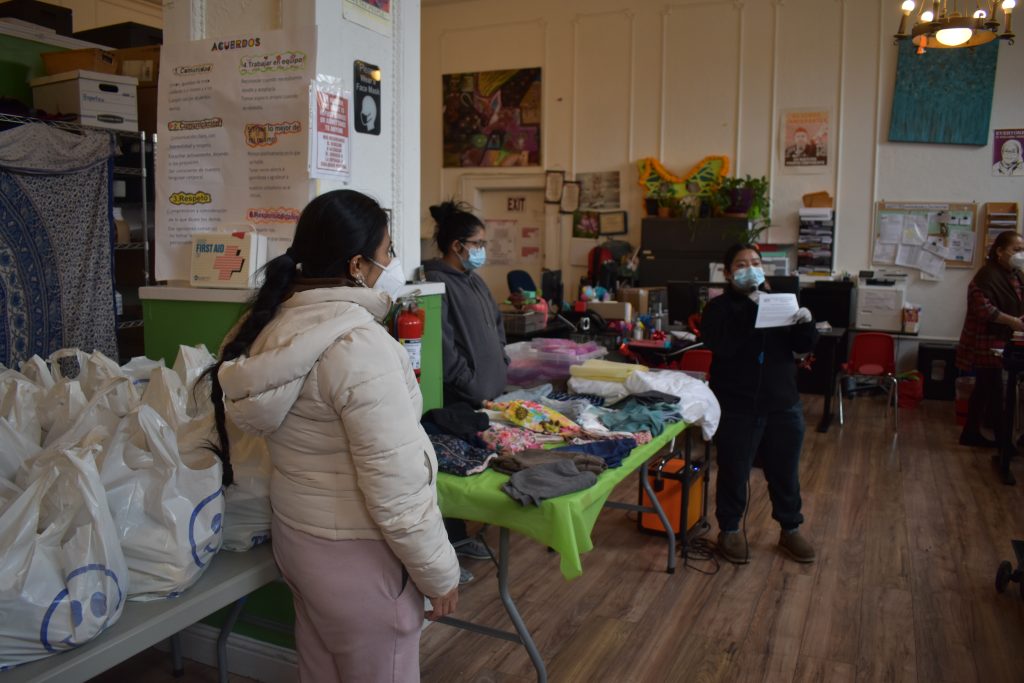
Level Health Project is a nonprofit organization in East Oakland that provides health and employment resources for immigrant day laborers and their families. The staff upped their efforts to provide information about immigration rights in the wake of Donald Trump’s presidency. Photo by Magaly Muñoz.
At day laborer sites in East Oakland, several workers said that they often skip buying groceries or meals for themselves in order to save money for rent or other necessities.
Diego, who like others interviewed for this story asked to not share his full name because of his undocumented status, said he’s lucky if he makes $300 a week. He said that is enough to pay for the small room he and his son rent in the Fruitvale – but not enough to feed them both. Diego said that he will sometimes go days without food.
The family Diego rents from is more fortunate, he said, because they’re able to afford meat and rice. At times, Diego said, it’s hard to ignore the savory smell that finds its way to his bedroom. Diego tells his son to look away from his landlord’s table to avoid feeling envious about what they cannot buy themselves.
“It’s hard because I know there’s food at the store, but there’s never enough [money] to buy it,” Diego said. “We barely have enough to pay our rent every month.”
On top of paying for the basics here in the U.S., day laborers also face pressure to support relatives in their home countries.
Pedro, interviewed on his BART ride home after an unsuccessful day of trying to find work in East Oakland, said his family in Guatemala regularly goes days without eating because he can’t make enough money in the Bay Area to send home to them.
“A lot of [day laborers] have their families back in [Latin America], making it harder to keep up with our needs here,” Pedro said. Some days he said the only thing he eats is the fruit that some local organizations hand out to workers like him.
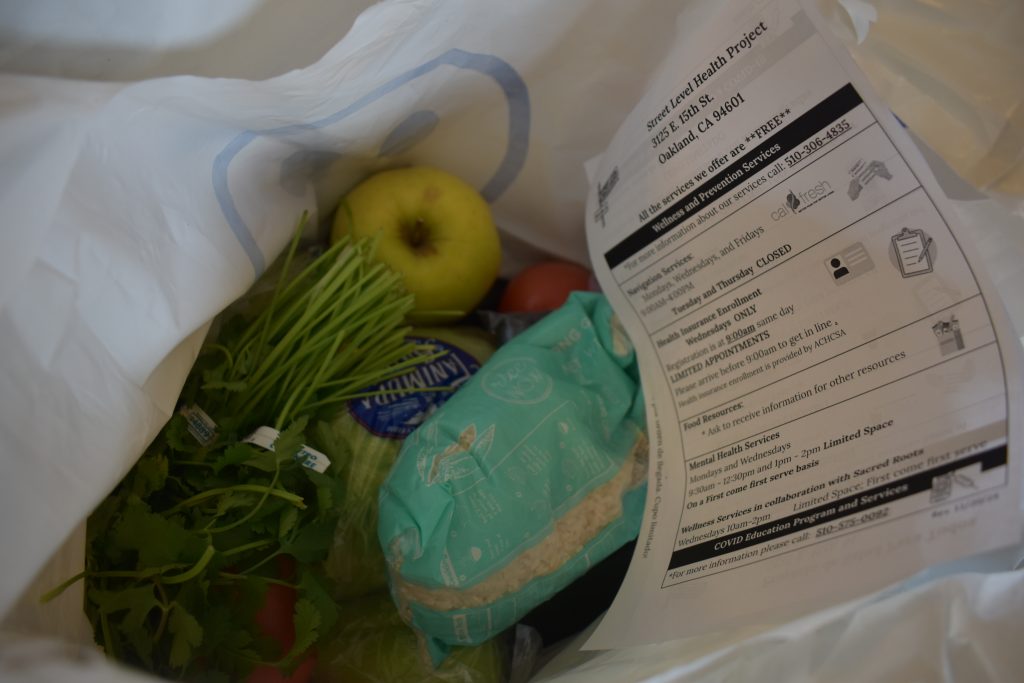
Street Level Health Project is providing weekly grocery bags to immigrant day laborers and their families to address the growing need for food in the community. Photo by Magaly Muñoz.
Bracing for bigger challenges
Before the pandemic, Street Level Health Project had a hot meal lunch program at their central office in the Fruitvale, where the organization provided meals twice a week for over 50 people. The organization also had a hot meal breakfast program where they prepared 50 to 90 meals, three times a week.
Understanding the food insecurity that many day laborers face, the project launched a food distribution program in 2011, distributing nearly 70 bags of groceries weekly. Thanks to additional funding, they were able to increase that to 150 food bags a week during the pandemic.
In recent years, Street Level Health Project reduced its weekly grocery distribution back to 70 bags and cut its hot meal program completely. Galicia, the director, said that’s because of the end of COVID-19 funding and staffing reductions.
Street Level Health Project also receives regular donations from the Alameda County Food Bank, but Galicia said it has not been enough to restore the food distribution program to what it was during the pandemic.
Currently, Street Level has a $100,000 grant from the city of Oakland to provide wrap-around services for day laborers, such as getting jobs for the workers, providing assistance with CalFresh and MediCal applications, and referring people to legal aid or immigration assistance. Galicia said that funding is barely enough to do the amount of work that the city expects.
Meanwhile, the $35,000 cut in funding has impacted the organization’s workers’ rights outreach and education services, she said.
The Oakland Post tried reaching out to city and county officials several times for comment but did not get a response.
Galicia fears city leaders will make even harsher cuts during the upcoming budget cycle this spring to balance a $130 million shortfall. Last year, Oakland cut funding for public safety, arts and culture programs, and 13 other nonprofits that serve the city’s most vulnerable populations.
Yet the budget concerns don’t stop with local government.
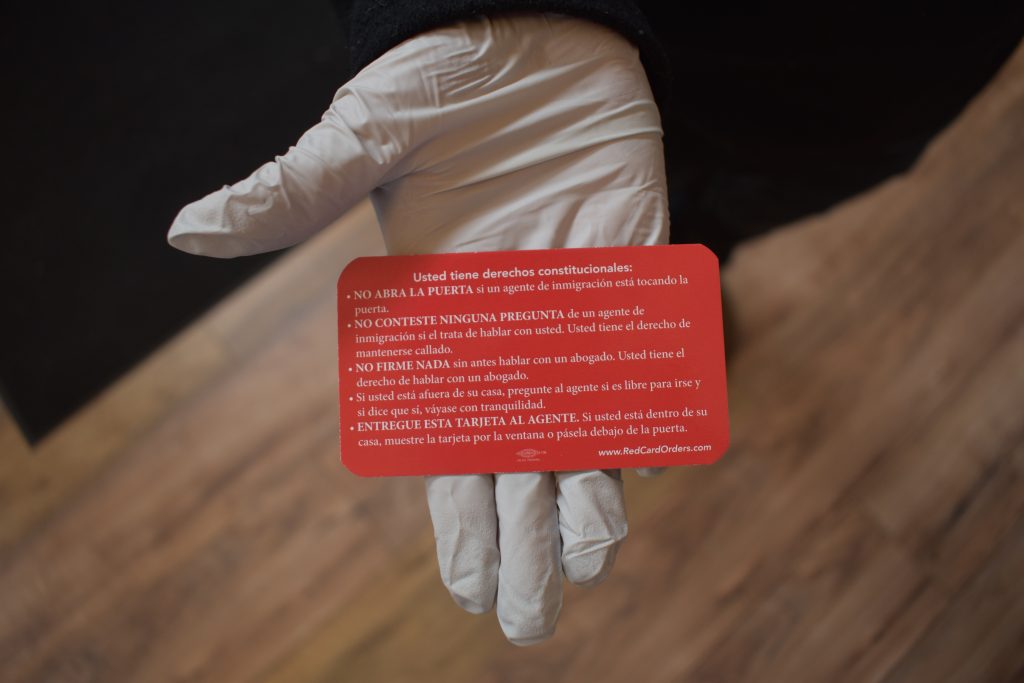
In the wake of Trump 2.0, organizations across the country are handing out “red cards” with the rights that immigrants should be aware of when encountering immigration officers. Photo by Magaly Muñoz.
Since President Donald Trump’s second inauguration, immigrant communities and the organizations that serve them have been in crisis mode.
Trump, who ran on a promise to deport millions of immigrants, has signed executive orders to stop birthright citizenship, shipped migrants to Guantanamo Bay, and attempted to freeze federal funding to social programs. Undocumented residents are increasingly anxious that their families might get separated.
Galicia said this is the time for local and state governments to invest in their organizations’ staff and direct resources, not take them away, from the people on the frontlines.
“I think that it’s just as important that funders are able to give to our teams, not just for the community but because the people doing the work have to be well, and we need ample resources to be able to do this work to support our community,” Galicia said.
For Pedro, the day laborer in Oakland, the combination of less support from nonprofits like Street Level Health Project, along with fear raised by the Trump administration’s deportation threats, has left him fearful. He is not alone, he said. He has noticed fewer day laborers showing up to their usual spots. Pedro said he himself fears encountering an immigration officer on his way to work.
“We don’t want to leave our homes, but at the same time, if we don’t go outside, we don’t work,” he said. “If we don’t work, we can’t afford to live.”
Oakland Post reporter Magaly Muñoz produced this story as part of a series as a 2024 USC Annenberg Center for Health Journalism Data Fellow and Engagement Grantee.
Activism
Oakland Post: Week of February 26 – March 4, 2025
The printed Weekly Edition of the Oakland Post: Week of February 26 – March 4, 2025

To enlarge your view of this issue, use the slider, magnifying glass icon or full page icon in the lower right corner of the browser window.
-
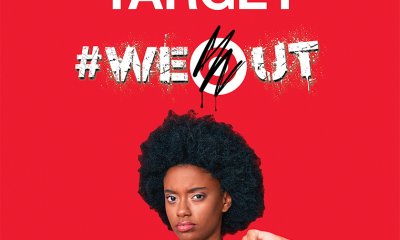
 #NNPA BlackPress1 week ago
#NNPA BlackPress1 week agoTarget Takes a Hit: $12.4 Billion Wiped Out as Boycotts Grow
-

 Activism3 weeks ago
Activism3 weeks agoU.S. House Minority Leader Hakeem Jeffries and Rep. Lateefah Simon to Speak at Elihu Harris Lecture Series
-

 Alameda County3 weeks ago
Alameda County3 weeks agoAfter Years of Working Remotely, Oakland Requires All City Employees to Return to Office by April 7
-

 Activism3 weeks ago
Activism3 weeks agoActor, Philanthropist Blair Underwood Visits Bay Area, Kicks Off Literacy Program in ‘New Oakland’ Initiative
-

 Activism3 weeks ago
Activism3 weeks agoLawsuit Accuses UC Schools of Giving Preference to Black and Hispanic Students
-

 Alameda County3 weeks ago
Alameda County3 weeks agoLee Releases Strong Statement on Integrity and Ethics in Government
-

 Activism3 weeks ago
Activism3 weeks agoRetired Bay Area Journalist Finds Success in Paris with Black History Tours
-

 Activism3 weeks ago
Activism3 weeks agoTwo New California Bills Are Aiming to Lower Your Prescription Drug Costs





















































